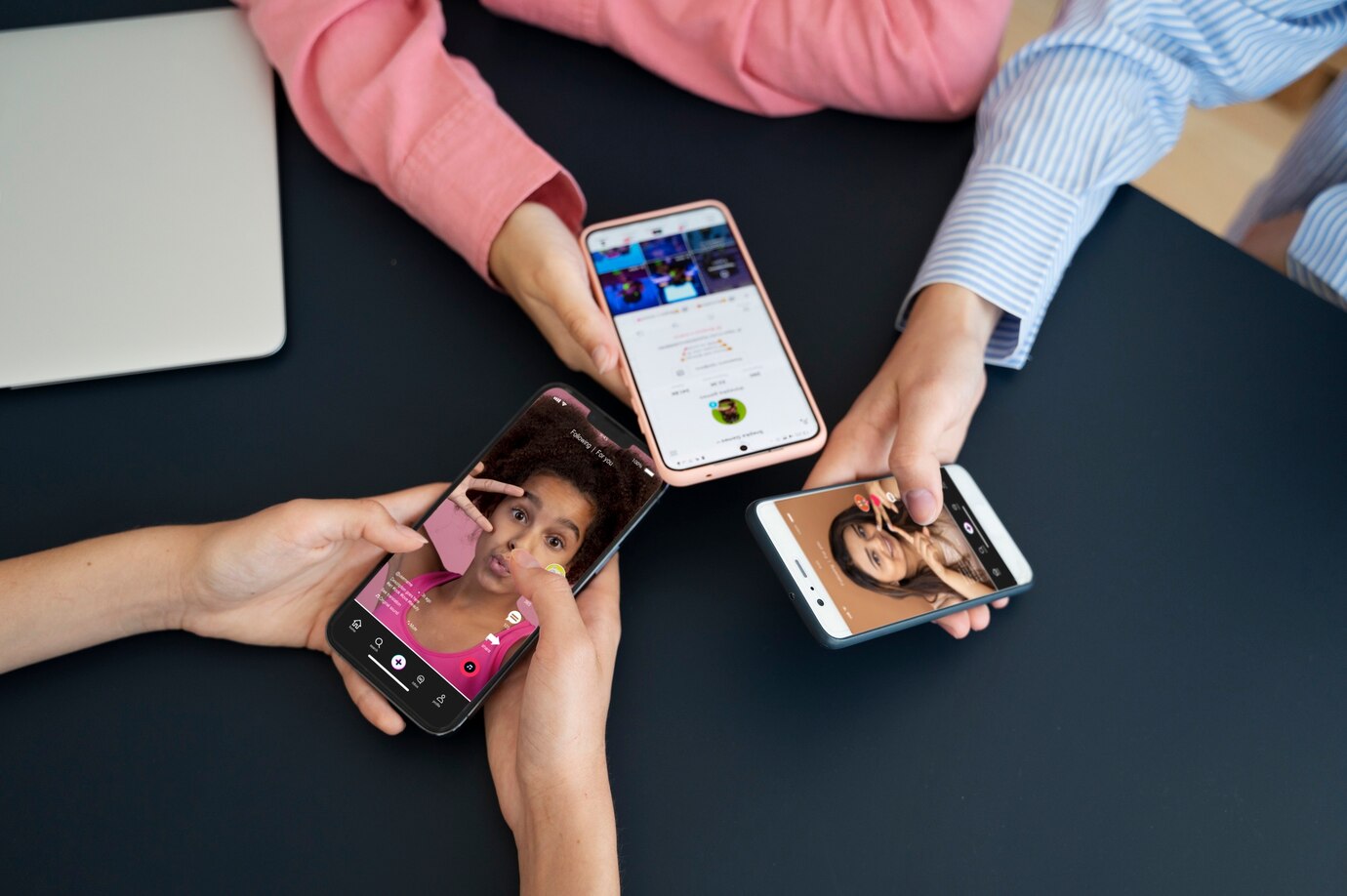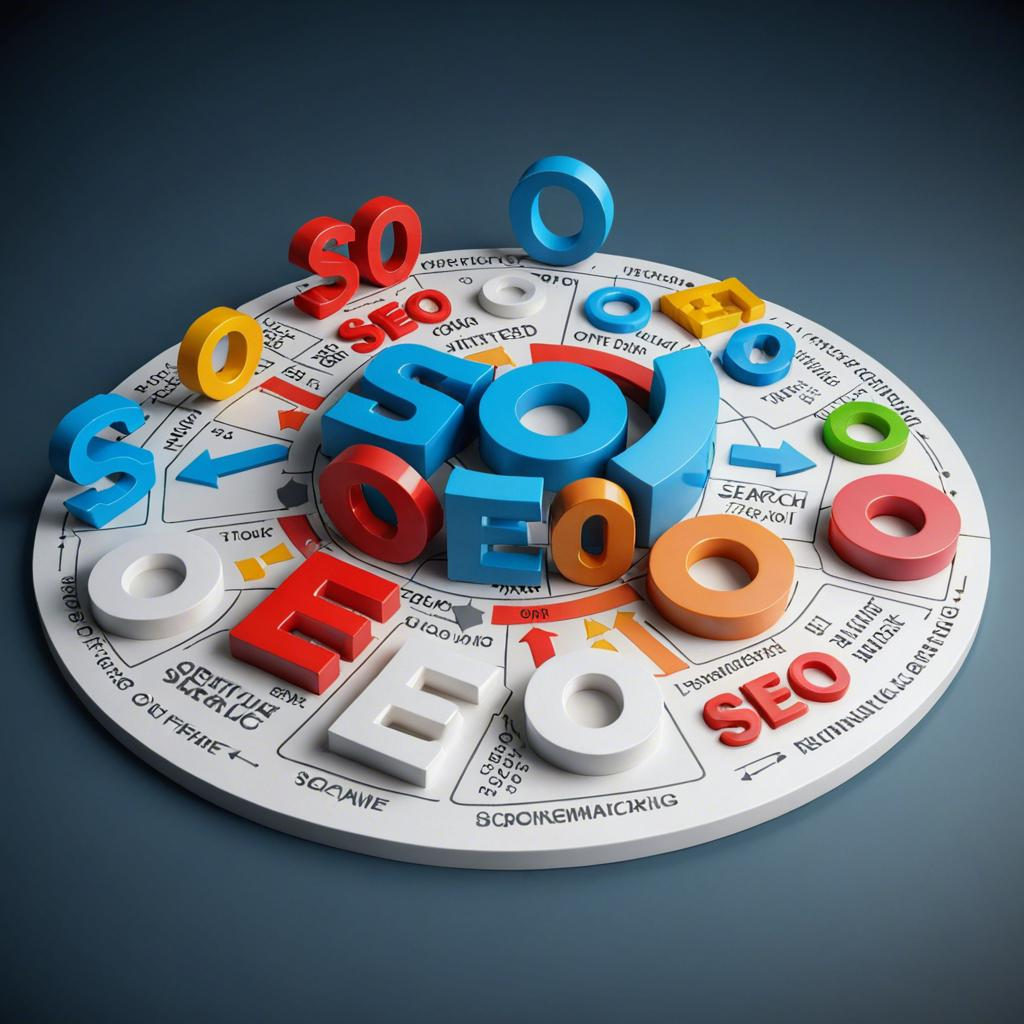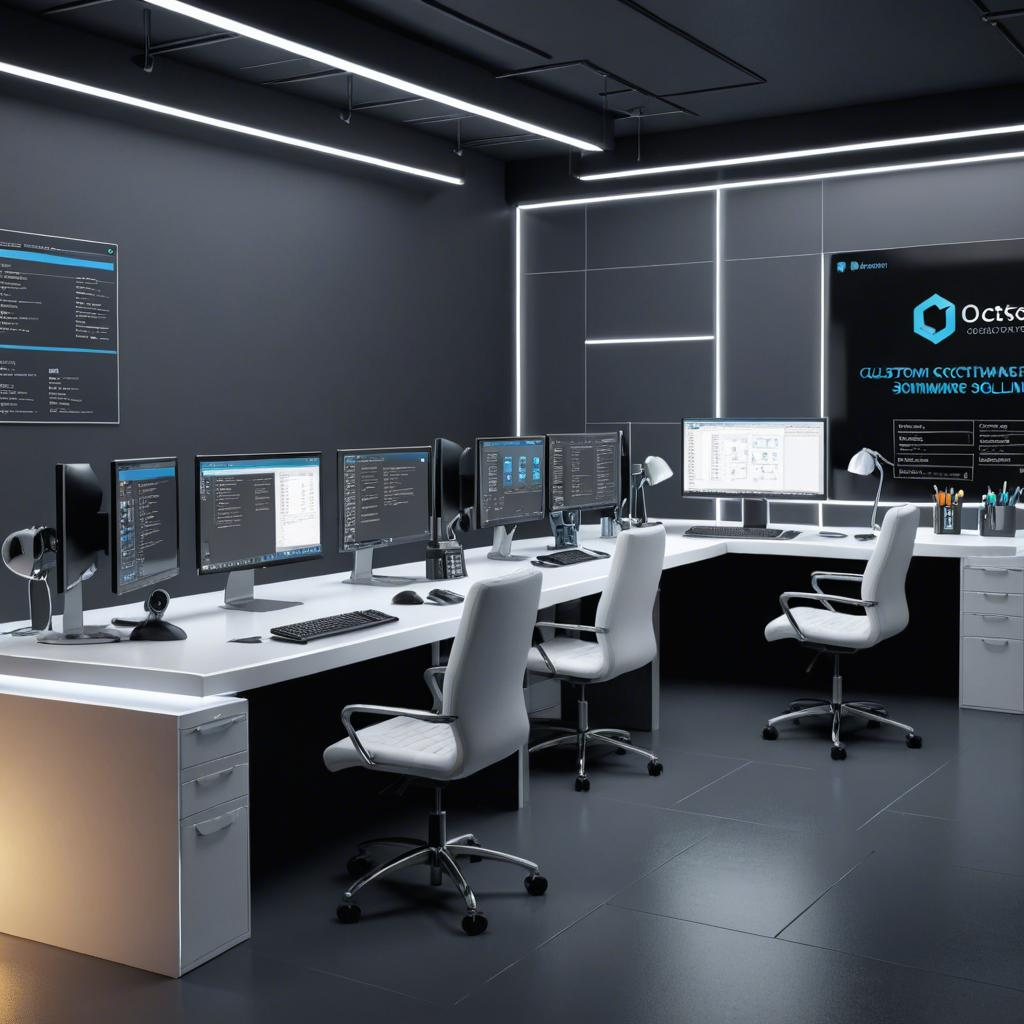How to Build a Mobile App for the Beauty and Wellness Industry
The beauty and wellness industry has undergone a significant digital transformation over the past decade. With consumers increasingly relying on mobile solutions to discover services, book appointments, and purchase products, the demand for specialized apps has surged. Mobile app developers play a critical role in creating solutions that meet the unique needs of this dynamic industry. In this guide, we will explore the essential steps to building a Mobile App tailored for the beauty and wellness market.
Understanding the Needs of the Industry

Before diving into development, it is essential to understand the core requirements of the beauty and wellness sector. The industry encompasses a wide range of services, from salons and spas to yoga studios and personal wellness coaches. Each segment has unique demands, and a one-size-fits-all approach rarely works.
Mobile app developers must engage in detailed market research to identify common pain points for businesses and their customers. Common features sought in beauty and wellness apps include appointment booking, user profiles, product recommendations, loyalty programs, and secure payment systems. Understanding these requirements will form the foundation for creating a successful app.
Defining the App’s Objectives

A clear vision is crucial for any app’s success. Whether the goal is to streamline booking processes, improve customer engagement, or provide an e-commerce platform for beauty products, defining the app’s objectives early on ensures alignment throughout the development process. Collaborate with stakeholders to outline key goals, which could range from reducing operational inefficiencies for business owners to delivering a seamless user experience for customers.
Mobile app developers should create user personas to understand the target audience better. For example, a salon might target busy professionals who prioritize quick and easy appointment scheduling, while a wellness coach might focus on providing personalized plans for fitness enthusiasts.
Planning the Features and Functionalities

After defining the objectives, the next step involves planning the features and functionalities. Essential features for a beauty and wellness app typically include an intuitive user interface, real-time appointment scheduling, service catalogs, push notifications, and customer reviews. Additional functionalities such as virtual consultations or augmented reality (AR) tools for trying makeup or hairstyles can set the app apart from competitors.
Integration with third-party platforms can also enhance the app’s utility. For instance, linking with social media enables users to share their experiences, while integration with payment gateways ensures smooth transactions. Mobile app developers should focus on building a scalable architecture that allows for future feature additions as the business grows.
Choosing the Right Technology Stack

The choice of technology stack significantly influences the app’s performance, scalability, and user experience. For iOS, developers often rely on Swift or Objective-C, while Android apps are built using Kotlin or Java. Cross-platform frameworks such as React Native or Flutter are excellent options for businesses looking to target both platforms simultaneously while minimizing development costs.
The backend technology is equally critical for managing databases, user authentication, and API integrations. Popular choices include Node.js, Django, and Ruby on Rails. Mobile app developers must also prioritize cybersecurity by implementing robust encryption protocols to protect sensitive user data, particularly payment information.
Designing the User Experience (UX)

An aesthetically pleasing and user-friendly design is pivotal in the beauty and wellness industry, where visuals and branding hold significant weight. The app’s design should reflect the essence of the brand while ensuring ease of navigation. High-quality imagery, a harmonious color palette, and intuitive layouts can enhance the overall user experience.
Mobile app developers should employ UX design best practices such as minimalistic layouts, clear call-to-action buttons, and fast-loading screens. Incorporating user feedback during the design phase can help refine the interface to meet customer expectations.
Developing and Testing the App

Once the design is finalized, developers can proceed with coding the app. Adopting an agile development approach allows for iterative progress and facilitates adjustments based on feedback. Regular testing is essential to identify and resolve bugs, ensuring a smooth user experience upon launch.
Mobile app developers should conduct various testing phases, including functional, performance, security, and usability tests. Using beta testing with a small group of target users can provide valuable insights into areas for improvement before the official launch.
Launching and Marketing the App

A successful app launch requires a well-planned marketing strategy. Collaborate with digital marketing experts to create a buzz around the app through social media campaigns, influencer partnerships, and targeted advertisements. App store optimization (ASO) is also crucial for improving visibility in app stores.
Once the app is live, collecting user feedback is essential for ongoing improvements. Mobile app developers should work closely with the client to release regular updates that address user concerns and introduce new features. This iterative process helps maintain user satisfaction and ensures the app remains competitive.
Conclusion

Building a Mobile App for the beauty and wellness industry requires a strategic approach that aligns with the unique demands of this vibrant sector. By conducting thorough research, defining clear objectives, and leveraging the expertise of skilled mobile app developers, businesses can create a solution that enhances customer experiences and drives growth. As the industry continues to evolve, staying updated with emerging technologies and trends will be key to sustaining success in the competitive digital landscape.






